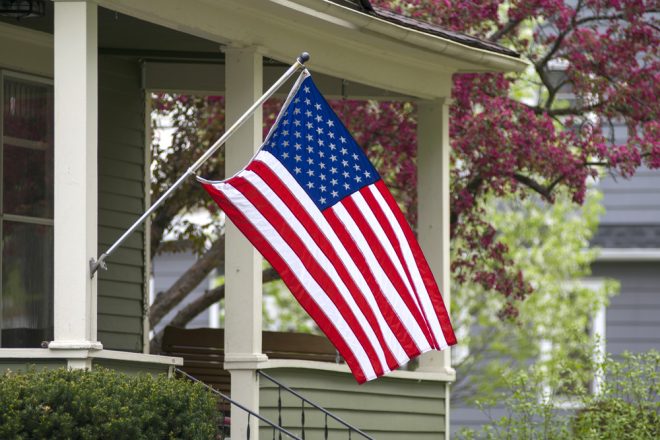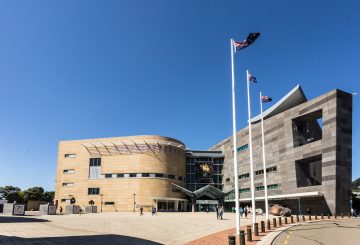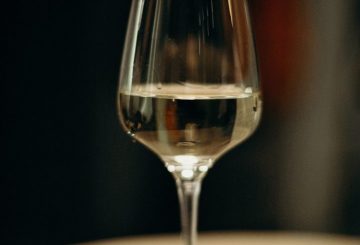新西兰英语基于英式英语,但是在过去的六十年中,我们的语言变得独一无二,借用了其他国家的单词和短语,在某些情况下还借用了其他语言。以下是新西兰英语借用美式英语的一些例子。
1。假设对你来说通过而气体不押韵,这是意大利面押韵的第一个音节,带有(a)pass 或(b)gas。
2。潜水的过去时态是(a)鸽子(他潜入游泳池)或(b)潜水(他潜入游泳池)。
3。我说:(a) 这件衣服非常适合她,或者 (b) 这件衣服非常适合她。
4。我希望在报纸上看到当事人尚未承担责任的时候 (a) 他必须承担责任或 (b) 他必须承担责任。
5。牛至这个词的重音落在 (a) 第二个音节上或 (b) 在第三个音节上。
6。我说 (a) 我乘电梯去了十楼或者 (b) 我乘电梯到了十楼。
7.我会说(a)我在新年期间休了几天假,或者(b)在新的一年里我休了几天假。
8。我会说(a)周末我会修剪草坪,或者(b)周末我会修剪草坪,或者(c)周末我会修剪草坪。
9。我会说 (a) 我看见有人坐在人行道中间,或者 (b) 我看见有人坐在人行道中间,或者 (c) 我看见有人坐在人行道中间。这里还有另一种选择:(d)上面的三个选项并不都意味着同一回事。
10。我希望读到:(a) 我们对法院的裁决提出了上诉或 (b) 我们对法院的裁决提出了上诉。
在所有这些情况下,(a)选项会在 20 世纪的某个时候表明演讲者/作家是美国人(并不是所有美国人都说所有这些话,而是说他们是-或曾经是-表示是美国人)。
(b)选项传统上都是英国的,尽管许多英国人不再使用所有这些选项。直到 1960 年代,这些都会被新西兰人使用。在有 (c) 选项的地方,可能仍然是新西兰的用法






























































